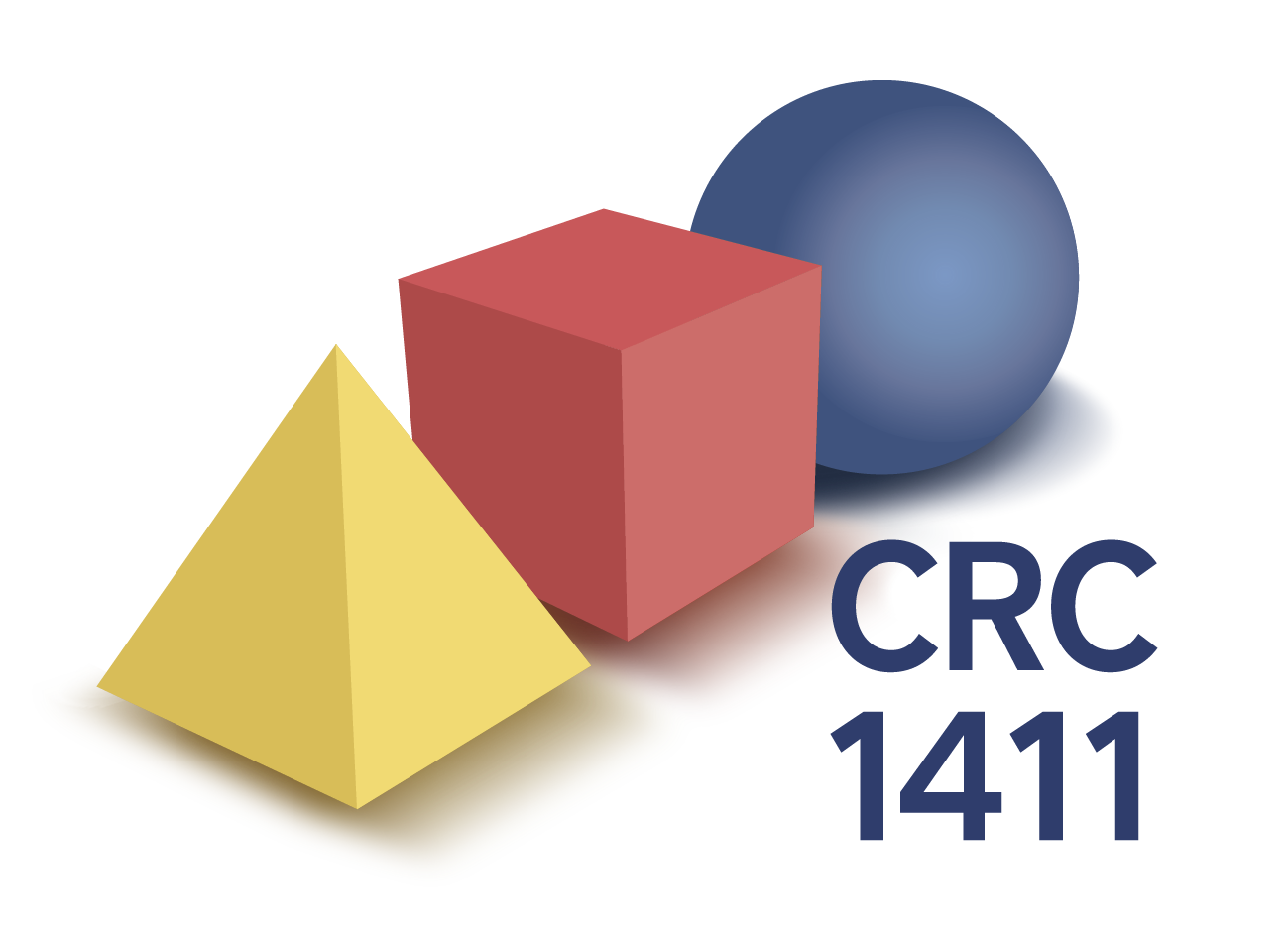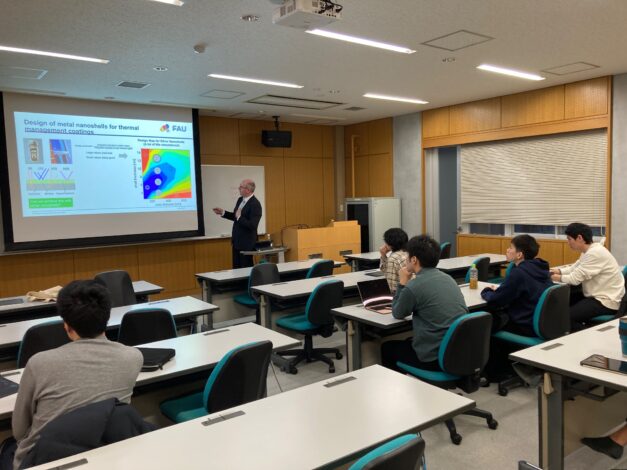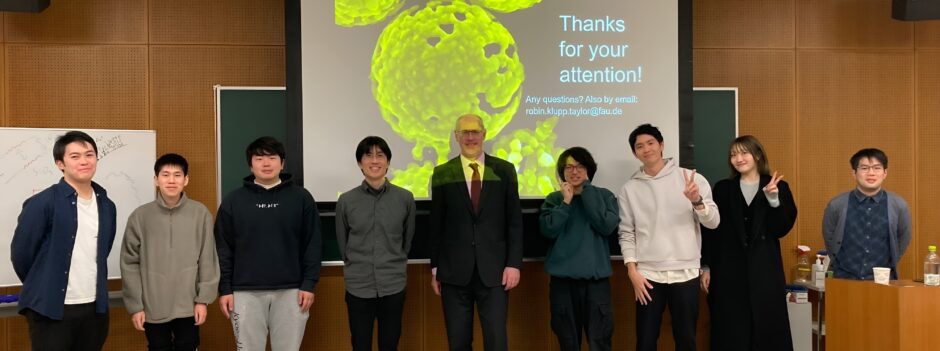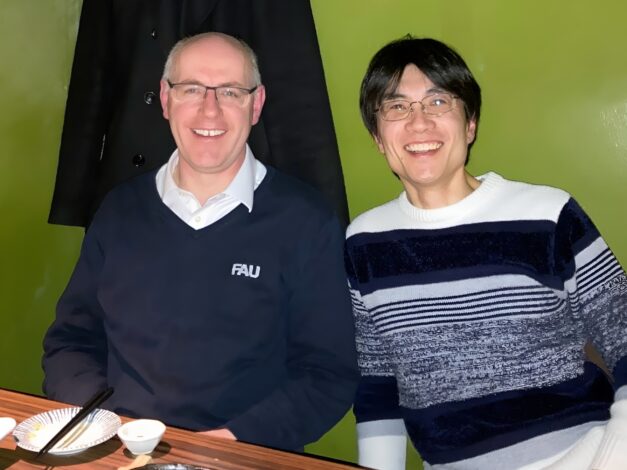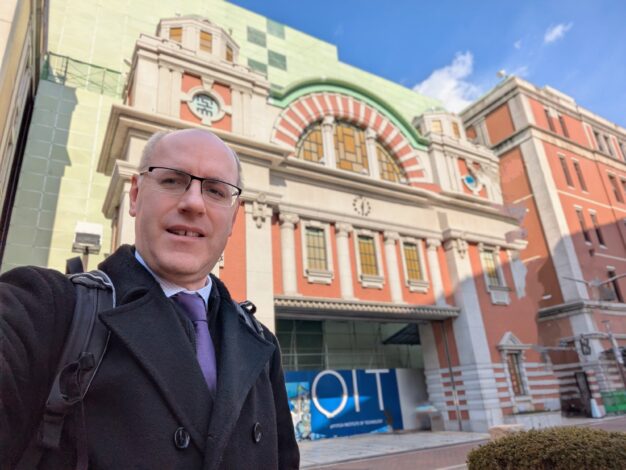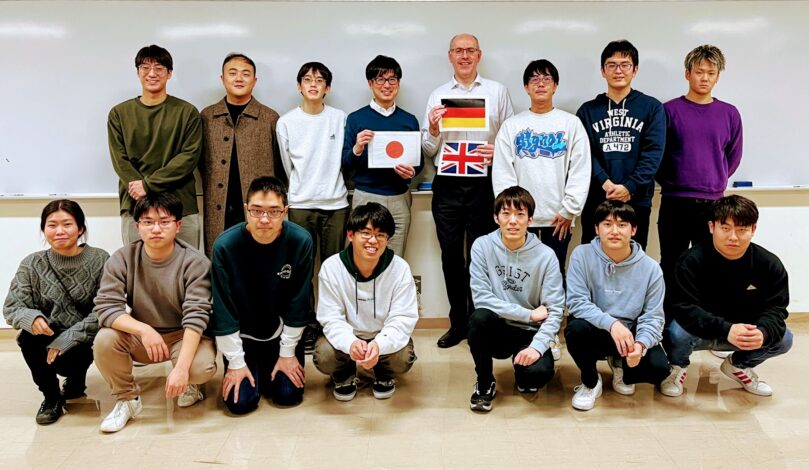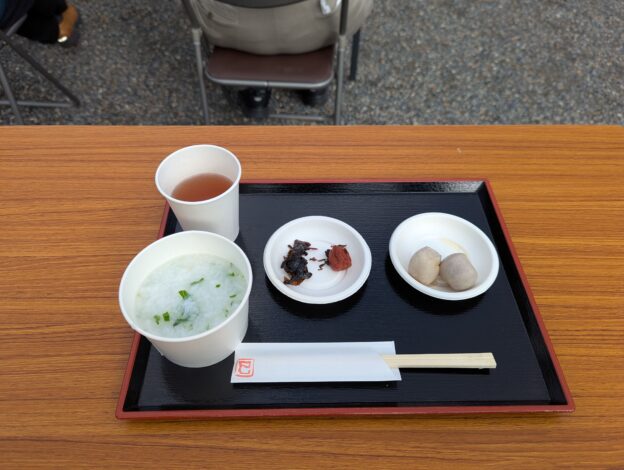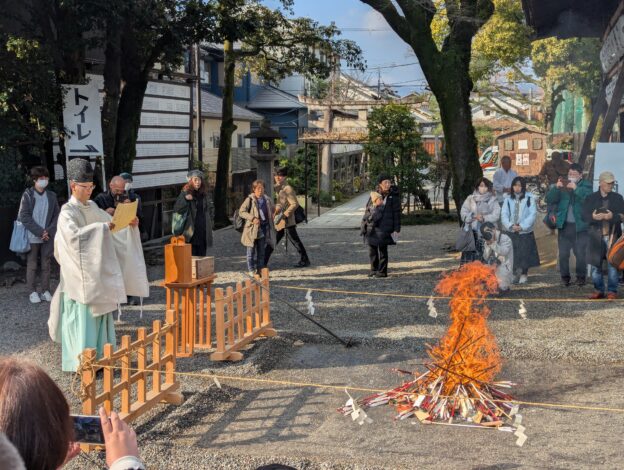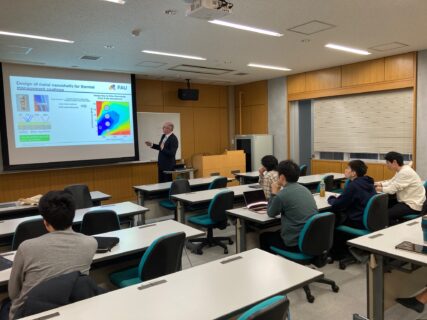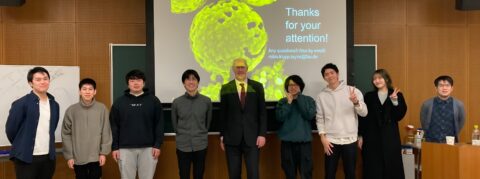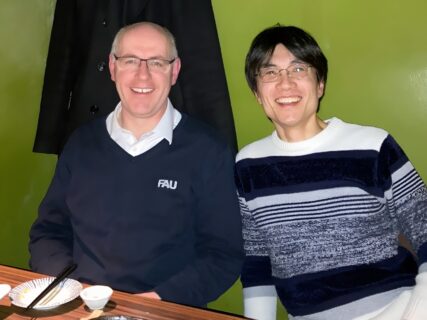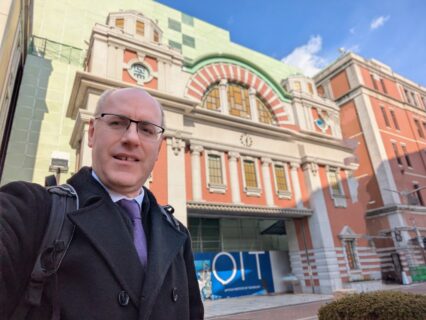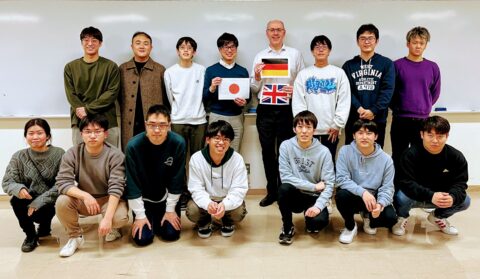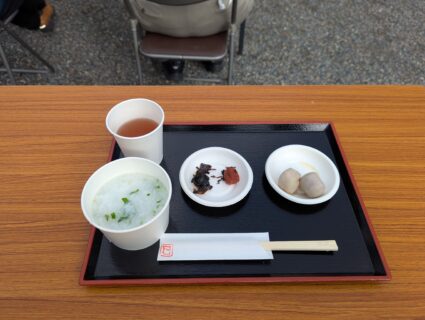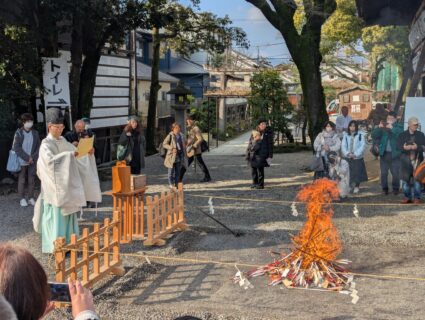Prof. Robin Klupp Taylor presents key CRC 1411 topic to graduate students in Japan
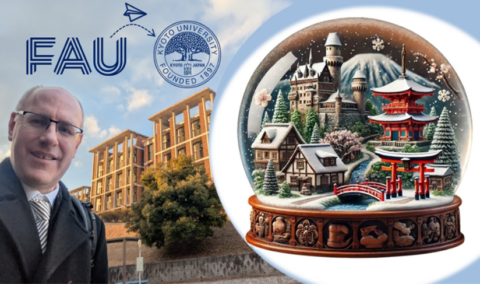
Just a few days into 2025, CRC 1411 PI Robin Klupp Taylor found himself trading a Bavarian winter holiday for a lecture hall at Kyoto University in Japan. While colleagues back home savoured their final post-Christmas relaxation, on January 6, Prof. Klupp Taylor was already engaging graduate students with ideas on the interplay of light, pigments, and complex nanoparticles. These lectures—and a research seminar in between—formed the centrepiece of his short residency as a Distinguished Visiting Professor in Kyoto University’s “Japan Gateway Programme: Kyoto University Top Global Course in Chemistry & Chemical Engineering,” an initiative that, over the past decade, has welcomed speakers from around the globe to spark fresh thinking and broaden the horizons of local graduate students.
Prof. Klupp Taylor’s four-part series traced pigments from their ancient origins to the latest in industrial applications, highlighting how cutting-edge nanoparticle technologies can transform modern product design. Discussions ranged from colour theory, scattering physics, and radiative transfer models to the synthesis of semiconductor quantum dots and metal nanoparticles—topics that lie at the heart of his own work at FAU and align closely with ongoing research in CRC 1411. The material drew upon an introductory course developed for the iRTG-ParSciTech October 2024 summer school and was expanded specifically for Kyoto’s graduate students in Chemical Engineering.
Beyond these foundational insights, Prof. Klupp Taylor also shared the latest results from his group’s research, building on a longstanding partnership with Kyoto University’s Surface Control Engineering Laboratory, represented by Prof. Satoshi Watanabe (who is also CRC 1411 Mercator fellow). He further broadened this German-Japanese dialogue by visiting the Osaka Institute of Technology and presenting a seminar to Prof. Syuji Fujii and his team at the Particulate Materials Chemistry Laboratory.
No trip to Japan would be complete without a dose of local culture, and Prof. Klupp Taylor’s highlight was the Wakana Sekkusai at Saiin Kasuga Shrine, a Shinto ceremony celebrating spring’s early herbs for health and safe travels. Though he missed out on certain German New Year traditions, he immersed himself in Japan’s, enjoying a traditional rice porridge infused with freshly harvested greens—a symbolic nod to vitality and renewal.
Prof. Klupp Taylor expresses his sincere gratitude to the Japan Gateway Programme—especially to Profs. Noriaki Sano and Satoshi Watanabe—for their generous support and for ensuring a thoroughly memorable start to the year.
